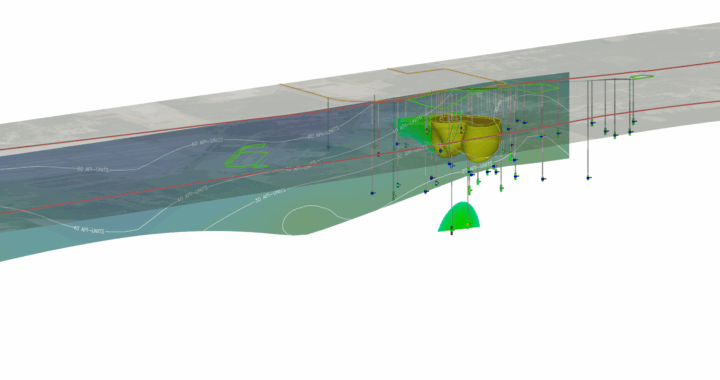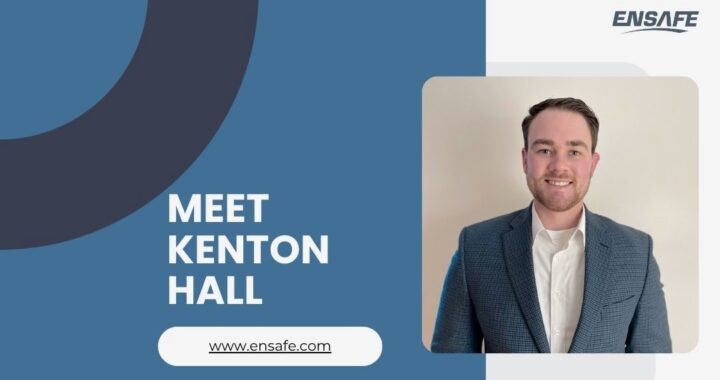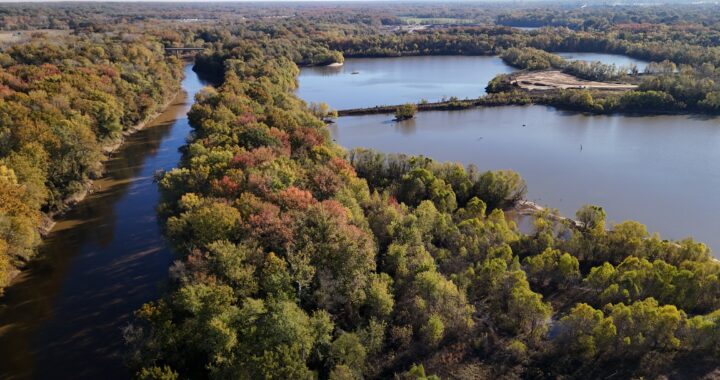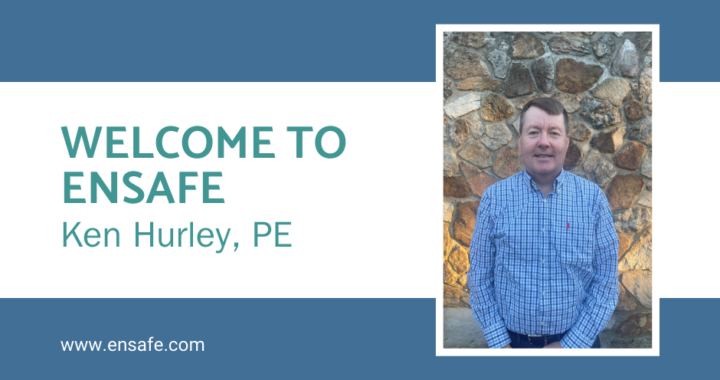In 2024, EnSafe launched its Environmental Information Systems (EIS) Group to reimagine how environmental data is collected, visualized, and applied. Central to this initiative is the EIS Modeling Team, which harnesses interconnected digital platforms to turn complex site data into dynamic, multidimensional insights that support investigation, decision-making, and regulatory engagement. At the core of this […]
Continue readingEnSafe Celebrates 45 Years of Success!
EnSafe was founded in June 1980 to advise industry and government in the then-nascent field of environmental science, safety, and regulatory compliance. Driven by a shared belief that environmental problems could be solved with smart ideas, strong science, and honesty, EnSafe’s Founders built a company with a clear purpose and lasting strength. What started as […]
Continue readingIntroducing Kenton Hall, EnSafe’s New Cincinnati Business Lead
As EnSafe continues to expand its footprint across the country, we’re excited to introduce one of the key leaders helping drive that momentum—our new Cincinnati Business Lead, Kenton Hall. In this Q&A, Kenton shares insights into his professional journey, what brought him to EnSafe, his vision for the Cincinnati office, and his advice for those […]
Continue readingSmarter Site Assessments Start with Smarter Tech
At EnSafe, we’re reimagining how environmental site assessments and surveys are conducted, leveraging cutting-edge tools like drones and 360° cameras to make fieldwork faster, safer, and more insightful. Traditionally, capturing site conditions meant extensive manual data collection, lots of photos, and time-consuming documentation. Today, we use technology to streamline this process, giving our teams and […]
Continue readingEnSafe Knoxville Welcomes Senior Remediation Engineer
EnSafe, a global leader in environmental, engineering, health and safety, and technology services, is pleased to welcome Ken Hurley, PE as a Senior Lead Remediation Engineer in our Knoxville, TN office. With over 30 years of experience, Ken brings deep technical expertise in site assessment and multi-media remedial technologies for complex RCRA and CERCLA sites. […]
Continue reading



